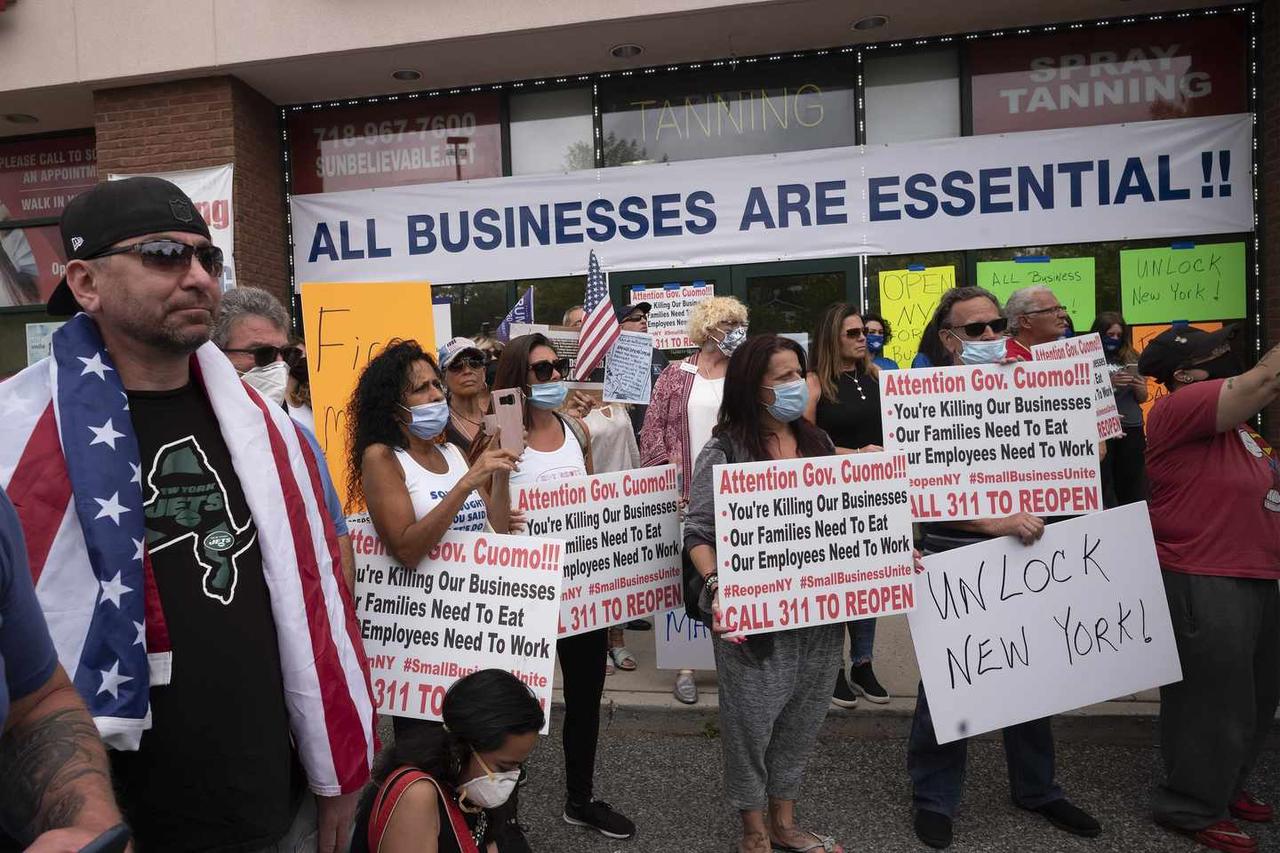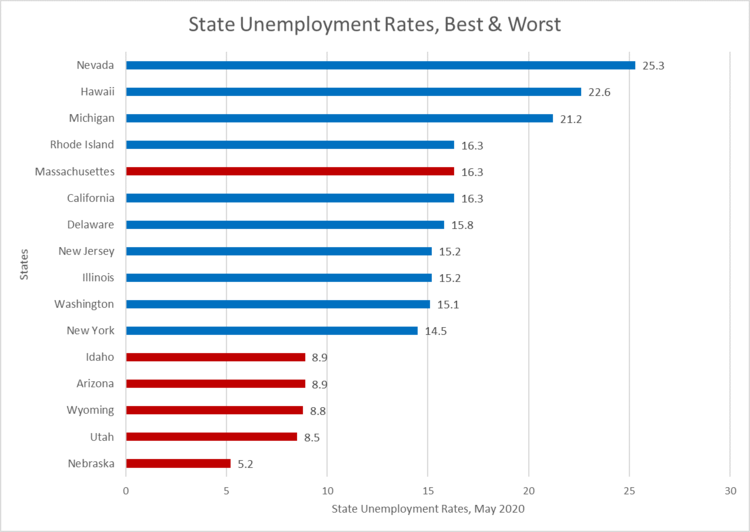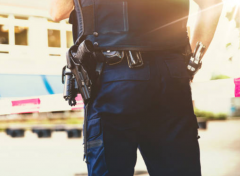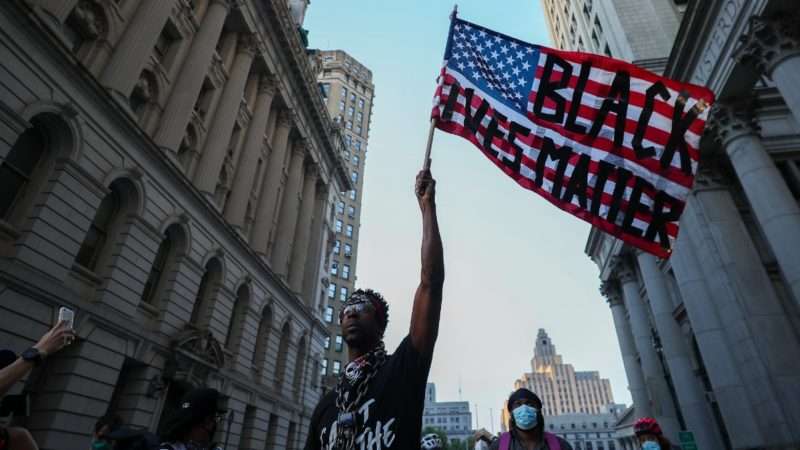A few moments ago, I blogged about Department of Homeland Security v. Thuraissigiam. This case turned on the scope of the Suspension Clause. Justice Alito wrote the majority opinion. Justice Sotomayor wrote the dissent. They disagree, vigorously, about the proper role history should play when interpreting the Suspension Clause.
The majority required the Thuraissigiam to identify a specific case that supports his claim for relief. A close analogy is not enough.
Despite pages of rhetoric, the dissent is unable to cite a single pre-1789 habeas case in which a court ordered relief that was anything like what respondent seeks here. The dissent instead contends that “the Suspension Clause inquiry does not require a close (much less precise) factual match with historical habeas precedent,” and then discusses cases that are not even close to this one.
In dissent, Justice Sotomayor writes that Boumediene does not require such a close historical fit:
But as the Court implicitly acknowledges, its inquiry is impossible. The inquiry also runs headlong into precedent, which has never demanded the kind of precise factual match with pre-1789 case law that today’s Court demands.
For sure, Justice Kennedy’s framework in Boumediene was far more fluid. Justice Sotomayor writes:
But this Court has never rigidly demanded a one-to-one match between a habeas petition and a common-law habeas analog. Boumediene is even clearer that the Suspension Clause inquiry does not require a close (much less precise) factual match with historical habeas precedent. There, the Court concluded that the writ applied to noncitizen detainees held in Guantanamo, despite frankly admitting that a “[d]iligent search by all parties reveal[ed] no certain conclusions” about the relevant scope of the common-law writ in 1789.… But crucially, the Court declined to “infer too much, one way or the other, from the lack of historical evidence on point.” Instead, it sought to find comparable common-law habeas cases by “analogy.”
I understand Justice Sotomayor’s frustration. I don’t think this decision is consistent with Boumediene. But Boumediene is no longer a viable precedent. Justice Kennedy is gone, and Chief Justice Roberts sees no institutional need to retain it. It will be whittled away.
Justice Sotomayor describes the majority’s test as an exercise in futility. Immigration law is largely a novel invention. It would be impossible to find any relevant caselaw:
To start, the Court recognizes the pitfalls of relying on pre-1789 cases to establish principles relevant to immigration and asylum…. The Court nevertheless seems to require respondent to engage in an exercise in futility. It demands that respondent unearth cases predating comprehensive federal immigration regulation showing that noncitizens obtained release from federal custody onto national soil. But no federal statutes at that time spoke to the permissibility of their entry in the first instance; the United States lacked a comprehensive asylum regime until the latter half of the 20th century. Despite the limitations inherent in this exercise, the Court appears to insist on a wealth of cases mirroring the precise relief requested at a granular level; nothing short of that, in the Court’s view, would demonstrate that a noncitizen in respondent’s position is entitled to the writ. See also Neuman, Habeas Corpus, Executive Detention, and the Removal of Aliens (1998) (noting the inherent difficulties of a strict originalist approach in the habeas context because of, among other things, the dearth of reasoned habeas decisions at the founding).
In response, Justice Alito faults Justice Sotomayor for scoffing at originalism:
The dissent reveals the true nature of its argument by suggesting that there are “inherent difficulties [in] a strict originalist approach in the habeas context because of, among other things, the dearth of reasoned habeas decisions at the founding.” But respondent does not ask us to hold that the Suspension Clause guarantees the writ as it might have evolved since the adoption of the Constitution. On the contrary, as noted at the outset of this discussion, he rests his argument on “the writ as it existed in 1789.”
Justice Alito also rejects a “living” model of the Suspension Clause, which Justice Breyer advocated for in his concurrence:
What the dissent merely implies, one concurring opinion states expressly, arguing that the scope of the writ guaranteed by the Suspension Clause “may change ‘depending upon the circumstances’ ” and thus may allow certain aliens to seek relief other than release. Post (BREYER, J., concurring in judgment) (quoting Boumediene). But that is not respondent’s argument, and as a general rule “we rely on the parties to frame the issues for decision and assign to courts the role of neutral arbiter of matters the parties present.” United States v. Sineneng-Smith (2020).
Justice Sotomayor has produced another impressive historical dissent, akin to her Promesa dissent.
I was surprised Justice Kagan joined Justice Sotomayor’s dissent. Here, Kagan is throwing down a gauntlet against originalism. I would think the savvier move would be for her to join Breyer’s more moderate dissent.
from Latest – Reason.com https://ift.tt/2Ywd5qh
via IFTTT







